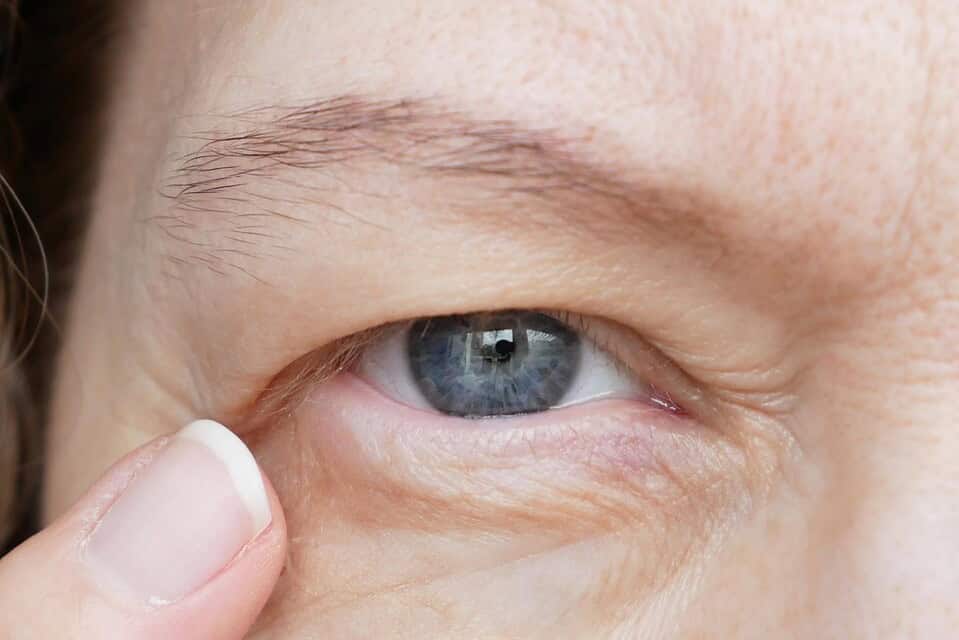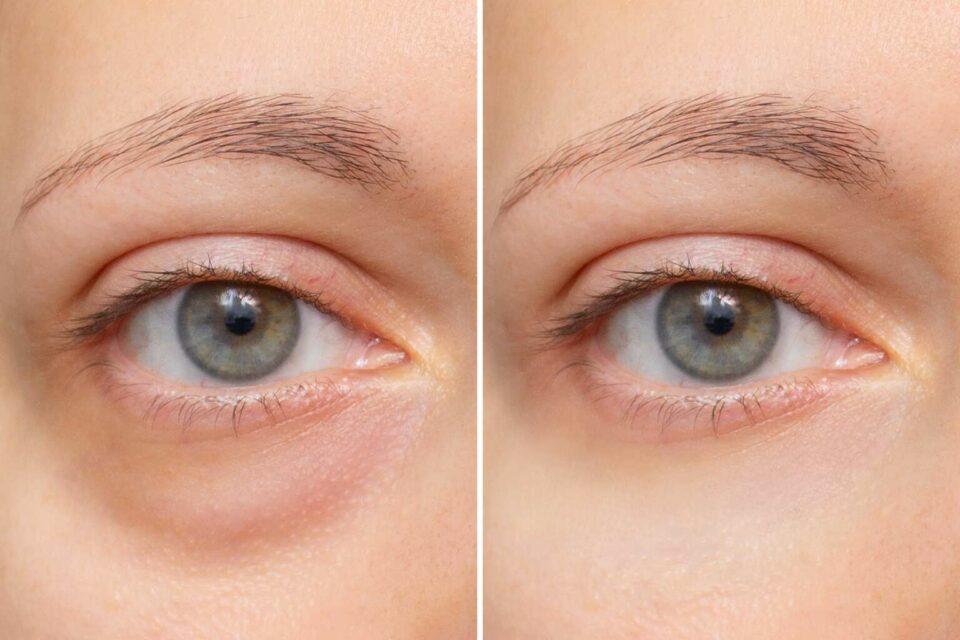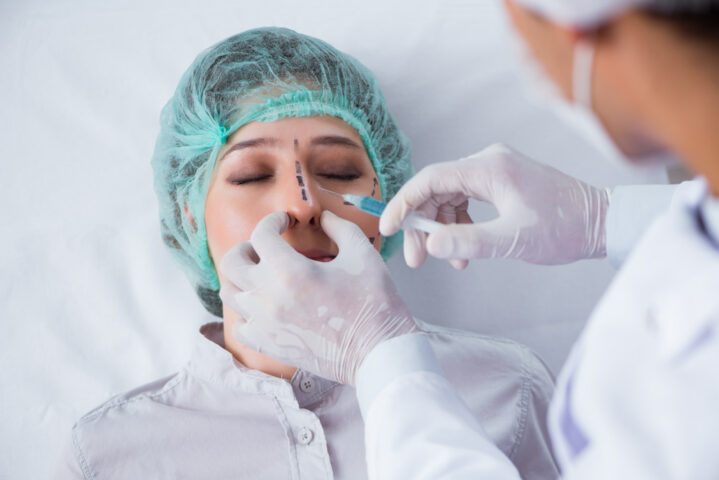
Functional Rhinoplasty in Thailand For Improved Breathing
Functional rhinoplasty, or nose-reshaping surgery, is a popular plastic surgery procedure worldwide. While commonly associated with aesthetic improvements, it is essential to recognize that functional rhinoplasty goes beyond enhancing the appearance and addresses functional concerns associated with the nose. This surgical intervention effectively tackles issues like nasal obstructions and breathing difficulties by focusing on improving nasal function and airflow.
Nirunda Clinic in Thailand offers comprehensive functional rhinoplasty services, with focus on aesthetic improvements for individuals seeking an expert solution that allows them to not only look and feel their best but also breathe easier.
Am I A Candidate?
Numerous nasal problems, such as a deviated septum or enlarged turbinates, can contribute to breathing issues.
A deviated septum occurs when the thin wall, called the septum, that separates the nasal passages is displaced to one side, obstructing one or both nostrils. This can be present from birth or result from injury or trauma to the nose.
Turbinates are responsible for filtering and humidifying the air we breathe. When the turbinates become swollen or enlarged, they obstruct airflow and cause nasal congestion. Enlarged turbinates can result from allergies, sinus infections, chronic nasal inflammation, or other conditions.
Besides these two common issues, chronic sinus conditions or a previously failed nasal surgery also qualify a patient for functional rhinoplasty.
These conditions can impede proper airflow and cause discomfort or even sleep disturbances. Functional rhinoplasty aims to correct these structural problems, improving the nose's function, breathing and appearance.
The Process
During a functional rhinoplasty procedure in Thailand, skilled surgeons employ advanced techniques to address the patient's specific concerns. The surgical process typically involves reshaping the nasal cartilage and bone or removing excess tissue to optimize airflow. By enhancing the internal nasal structure, the surgeon can restore proper function and alleviate breathing difficulties.
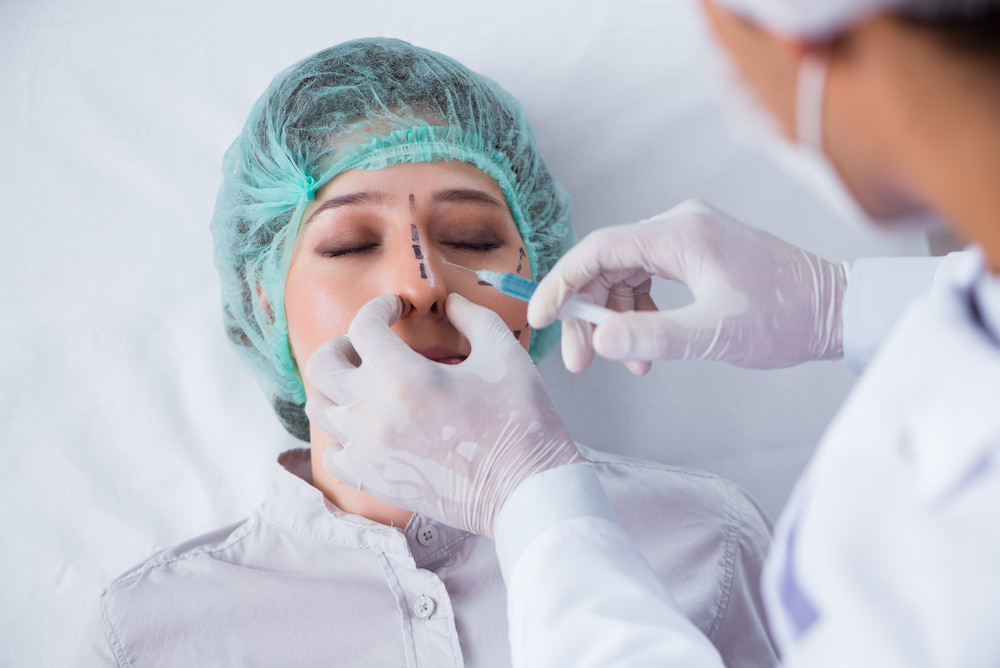
While focusing on functional improvement, the team at Nirunda Clinic understands the importance of aesthetic harmony. They recognize that a functional nose can also be aesthetically pleasing. Therefore, our approach to functional rhinoplasty combines the expertise of skilled surgeons with an understanding of the patient's desired outcome.
Before Surgery
To optimize the outcome of your rhinoplasty surgery, certain measures and guidelines should be followed:
- Medication and Nose Fillers: Refrain from taking any medications containing vitamin A (isotretinoin) for at least six months before the surgery, as it can impact the healing process. Additionally, avoid nose filler injections during this period.
- Health Check-up: Three months prior to rhinoplasty, it is advisable to undergo an annual health check-up and address any existing health concerns. Furthermore, avoid laser therapy or fine thread lifting treatments, specifically on the nose.
- Preoperative Preparations: Beginning four weeks before your scheduled rhinoplasty, avoid sunbathing or undergoing other surgical procedures. Smoking should also be discontinued during this time and for a duration of four weeks after the surgery.
- Blood Clotting: Ten days before your procedure, consult your surgeon and ensure any prescription medicine you are on does not contain blood clotting capabilities, as these specific medicines should be avoided.
Post-Surgery Care
Bruising around the eyes and cheeks is most noticeable within the first three days after surgery but should clear up within a week. Swelling may be noticeable for several weeks, but minor residual swelling, particularly in the nasal tip, may persist for months without being easily noticeable to others.
To facilitate a smoother recovery, it's crucial to prioritize reducing swelling and practicing proper wound care. Elevate your head and sleep on your back for about a week to minimize swelling. Applying a cold pack can also be beneficial. Keep your nose dry for at least five days after the surgery to aid healing and prevent infection. Once the sutures are removed, you can resume regular face-washing. Use cotton swabs and saline solution as instructed to clean the wounds. During the initial recovery phase, stick to a soft diet to avoid straining while chewing.
Adhering to these guidelines and taking necessary precautions can enhance the chances of successful rhinoplasty surgery while ensuring optimal healing and recovery. It is crucial to consult and maintain open communication with your surgeon to receive personalized instructions and recommendations based on your specific circumstances.
Why Choose Nirunda Clinic?
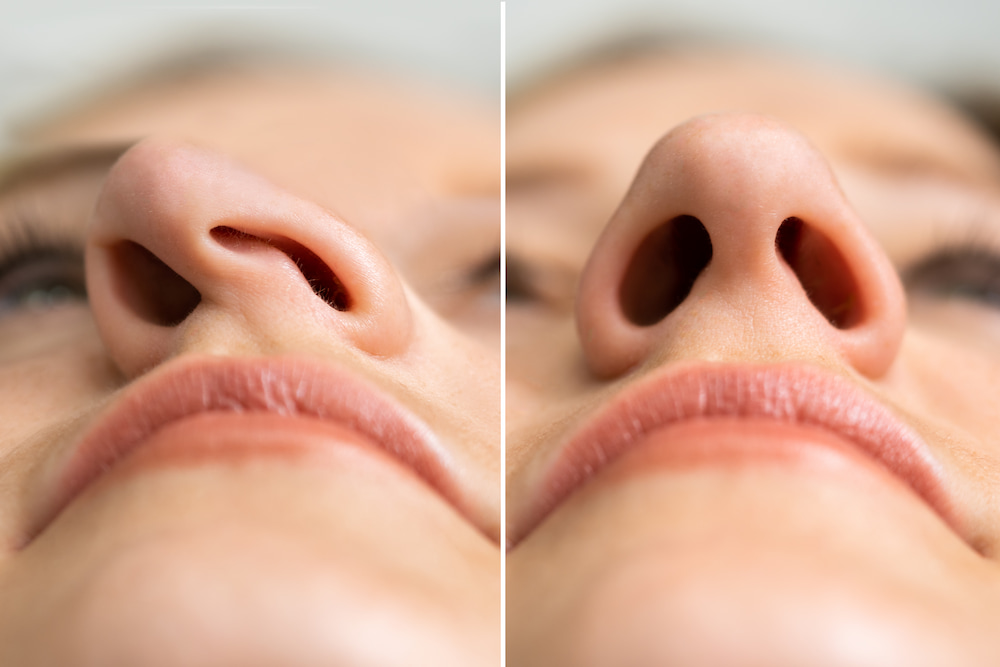
Experience improved breathing, personalized care, and meticulous attention to detail when choosing our clinic in Thailand for your functional and aesthetic rhinoplasty. Our skilled surgeons collaborate closely with each patient, tailoring a treatment plan that addresses their specific functional requirements and aesthetic aspirations.
However, although we specialize in and boast top-notch services for aeshtetic rhinoplasty, for more intensive cases, we do recommend you visit a skilled ENT surgeon for your functional rhinoplasty needs. We would be happy to assist you with recommendations after your consultation with us.
For your aesthetic rhinoplasty needs, you can expect cutting-edge technology and competitive pricing, ensuring exceptional value at our clinic. Our team places patient satisfaction at the forefront, offering comprehensive support from the initial consultation to post-operative care, ensuring a seamless experience.
Make an appointment to visit our clinic today and start your journey to breathing easier and the perfectly aesthetic nose.


